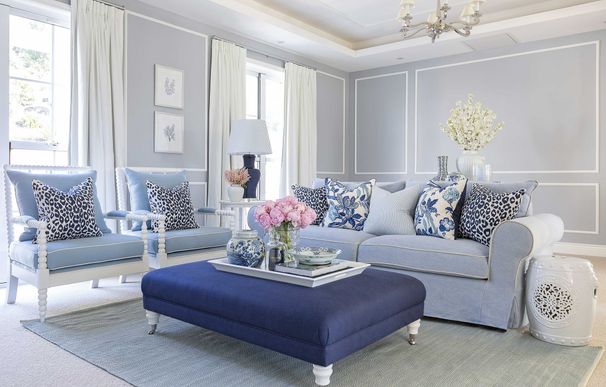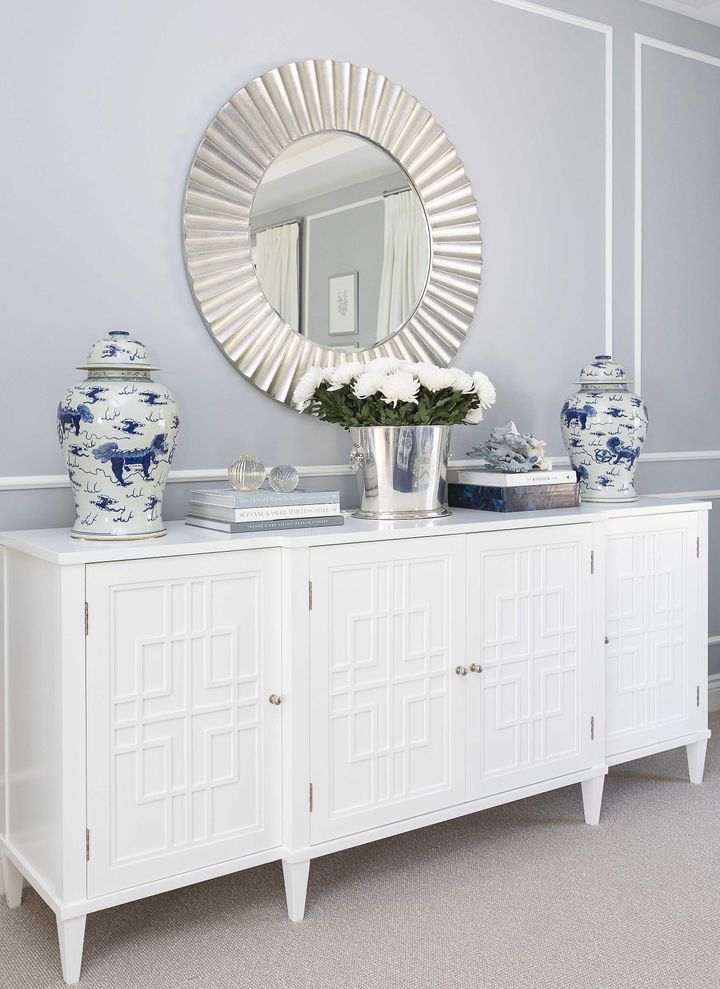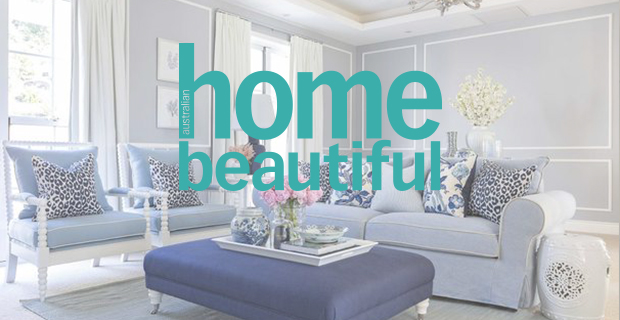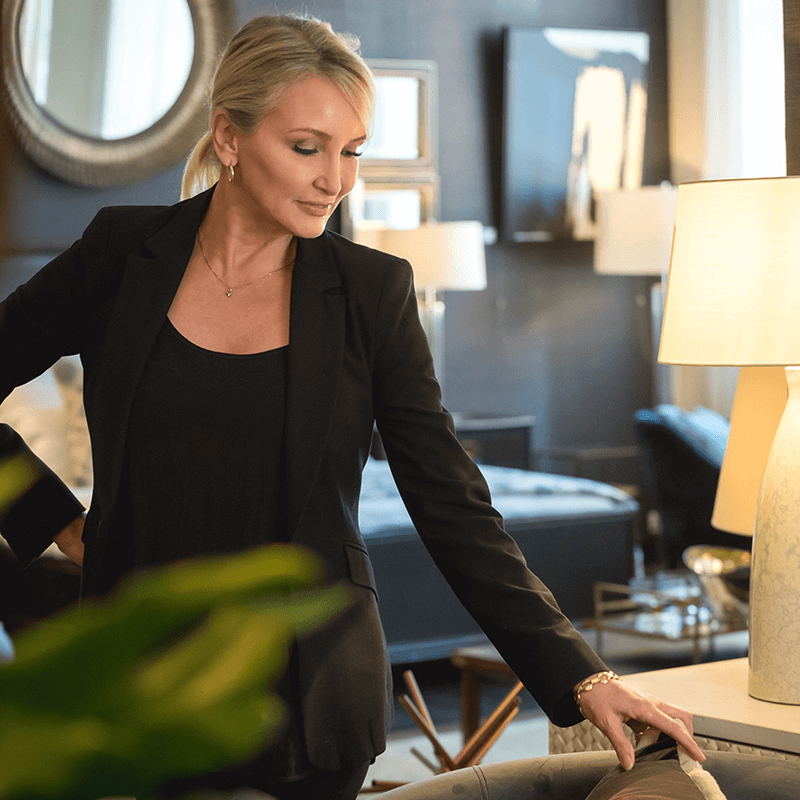Hiring and interior designer is an excellent step toward creating the kind of home you’ve always dreamed about.
Interior designers are the experts for a reason – they’ve got the experience, skills and contacts to help turn your vision into a reality.
Your interior designer wants to work with you. The best results come from a healthy working relationship, where ideas and feedback are shared freely and respectfully. How can you make sure this happens? Sydney based interior designer, Jane Thomson, shares her tips with us.

“As an experienced interior designer, I’ve seen the best and worst of client-designer relationships. There are so many things most interior designers wish their clients knew,” Jane says.
1. Set expectations from the start
“It’s really important to set expectations up front,” Jane says. “The clearer the brief, the better the results.”
Jane’s experience has taught her that the more articulate you can be when communicating your vision to an interior designer, the more satisfied you will be with the final product. Think carefully about the ‘what’ and the ‘why’ behind your project.
“Identifying your main objectives is really important,” she says. Do you want to create more space for your growing family? Or are you looking for a kitchen upgrade with all the latest technology? It is better to over-explain than under-explain, when it comes to briefing your interior designer.
“We’re good, but we’re not mind-readers! I think most interior designers wish that their clients would be more upfront about their desires and go into more detail.”

2. Get it on Paper
Jane says every interior design project contract should include the basic expectations and plans. This documentation might come in handy months down the line, when you can’t quite remember what you asked for.
Many interior designers wish that their client’s knew how important the initial stages of the project are. “Making sure you’re on the same page, and writing those desires down is essential. It takes time, but it’s worth it”, Jane says.
When you engage an interior designer, your designer will generally document your meetings that lead up to the final contract document. Nothing is too small to document. If you have a clear idea about where you want, say
a particular furniture item placed or painting hung, write it down and advise your designer. This can then make up a part of your contract if need be.
3. Be honest about your budget
“You don’t need to be embarrassed if your budget is smaller than you’d like. It’s so much better to be honest, so that your interior designer can respect that limit,” Jane says.
On a different, but equally important note, Jane also advises clients
not to withhold their ‘actual’ budget out of fear that their interior designer might spend the full thing!
“If you have a $20,000 budget, you’re expecting a $20,000 result. If you tell your interior designer they have $12,000 to spend, you won’t get
that $20,000 result.”

4. Do your research
“Your designer is there to take a lot of the grunt work away from you but you still need to know what you like and don’t like,” Jane says.
Paying particular attention to colour selection. Do your research about colour palettes and their use in interior spaces. “Colour is very psychologically sensitive so you need to think carefully about what palettes you like, so you can guide your interior designer in their decisions,” Jane says.
She also recommends making use of your designer’s skill set when it comes to colour selection. Designers are trained in colour coordination. So, even if you just enter into your consultation with a clear idea of what colours you like your designer can use that as a springboard for their expert selection.
“Bring reference materials in when you chat to your designer,” Jane says. “Cut out pages of magazines, print images, take photos – whatever helps you get you over the line.”
5. Communication is key
“So many clients are great to work with at the beginning, and then they disengage,” Jane says. “They stop giving feedback, they stop picking up their phone. This makes life difficult for your designer. We need to know what you think, at every stage of the process.”
Be clear about what you want and what you don’t want. Keep your designer in the loop about practicalities too – if you’re going away on holidays for a week and they won’t have access to your space, tell them. Your interior designer wants to help, not hinder. From the start to the finish, communication is key. Talk to your designer and above all, trust them.


